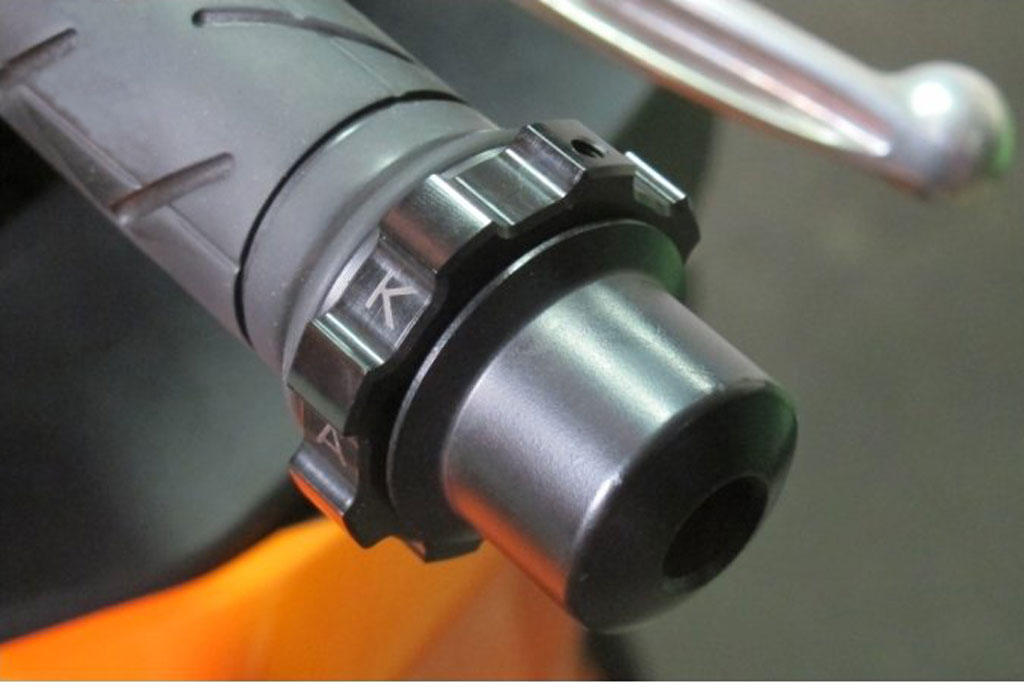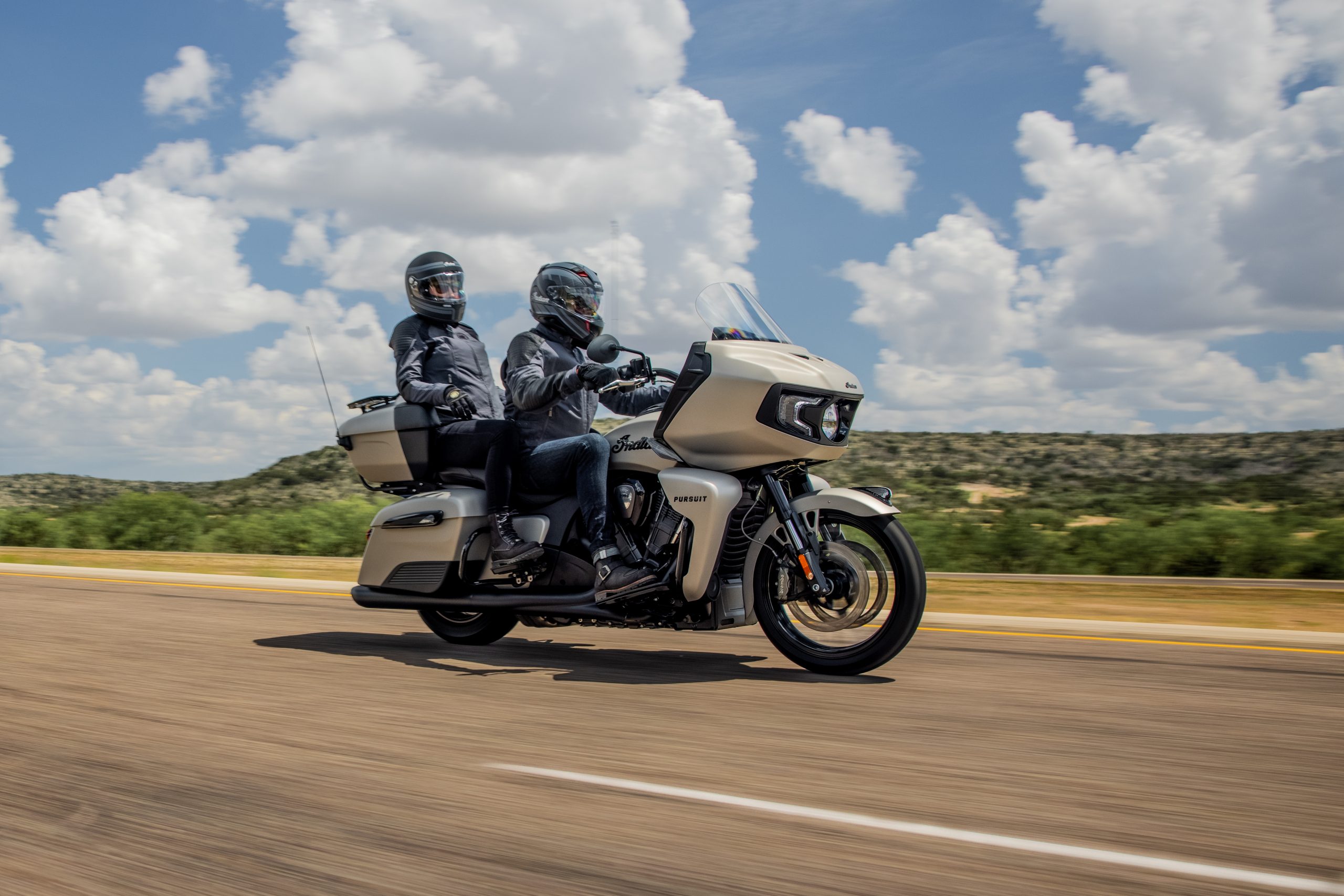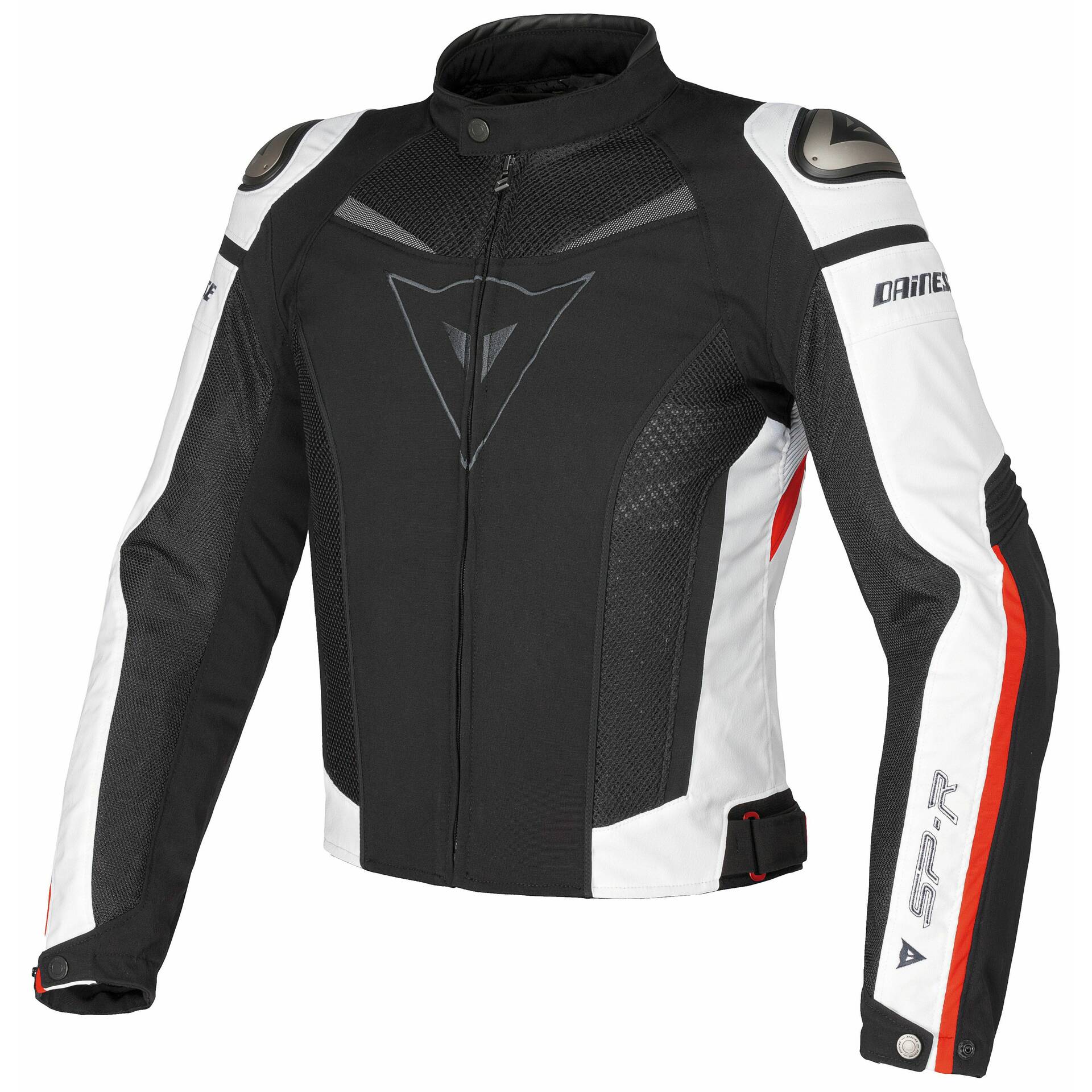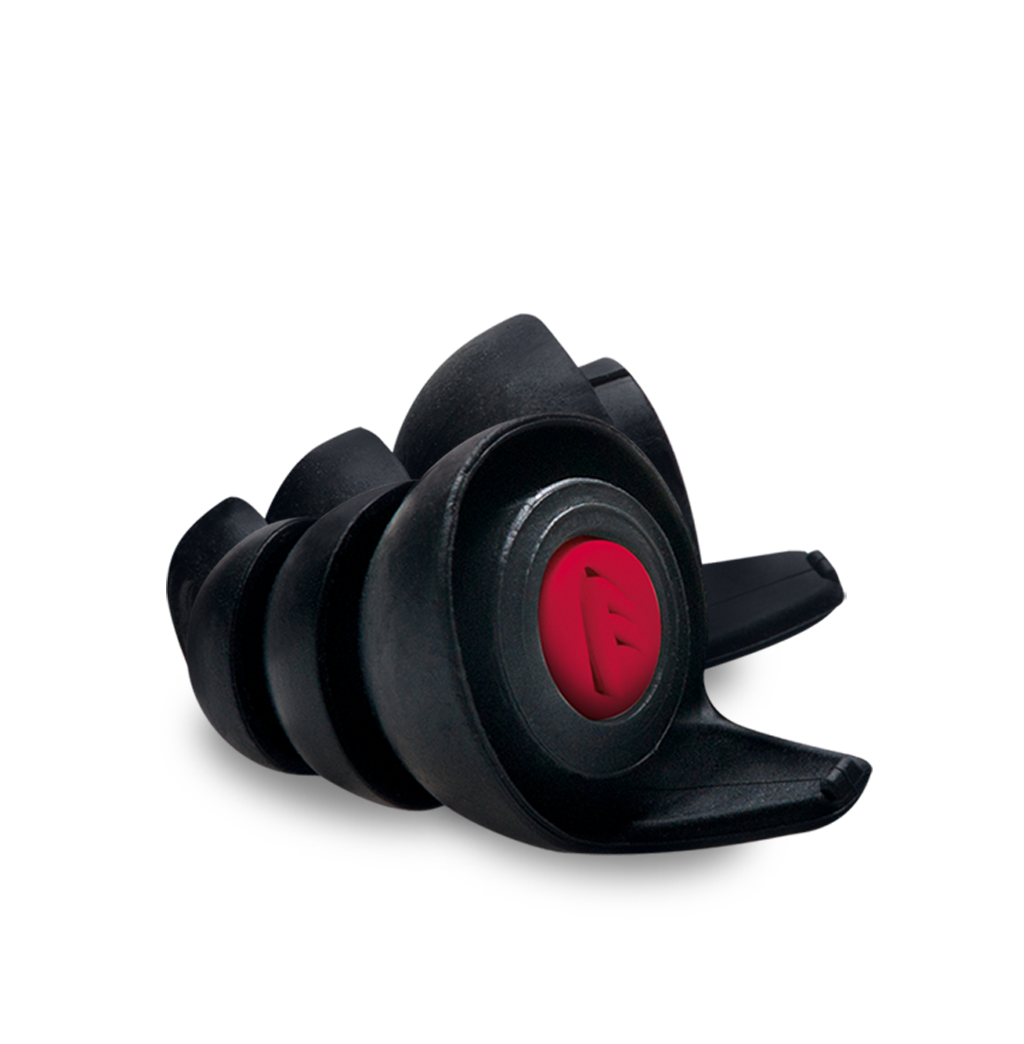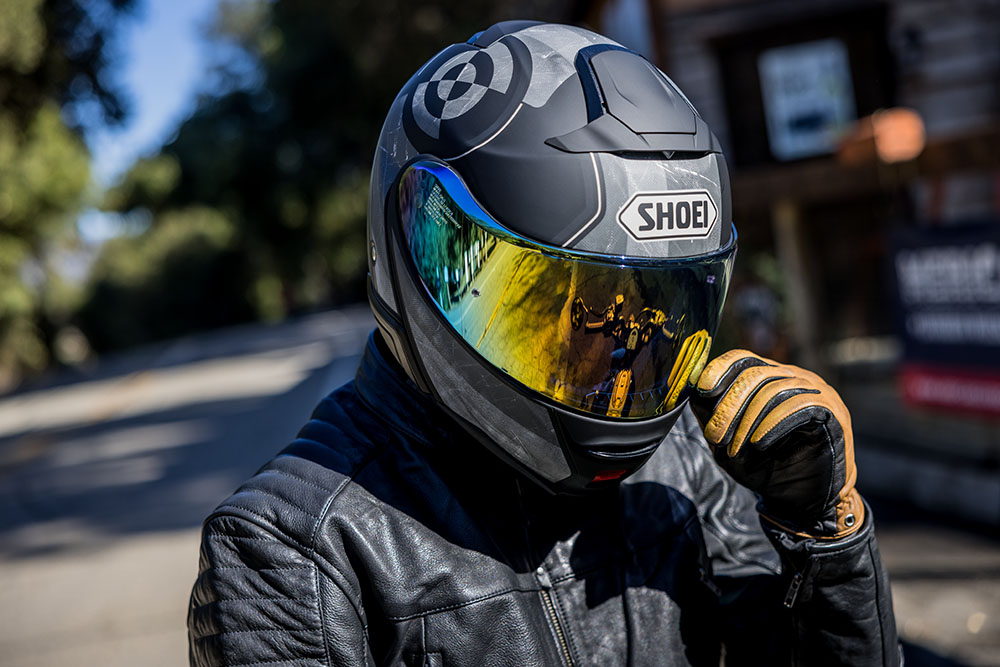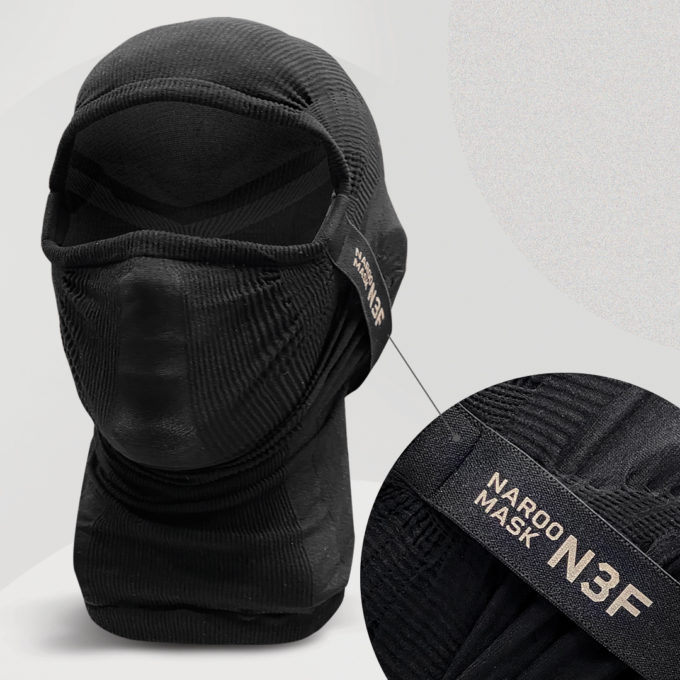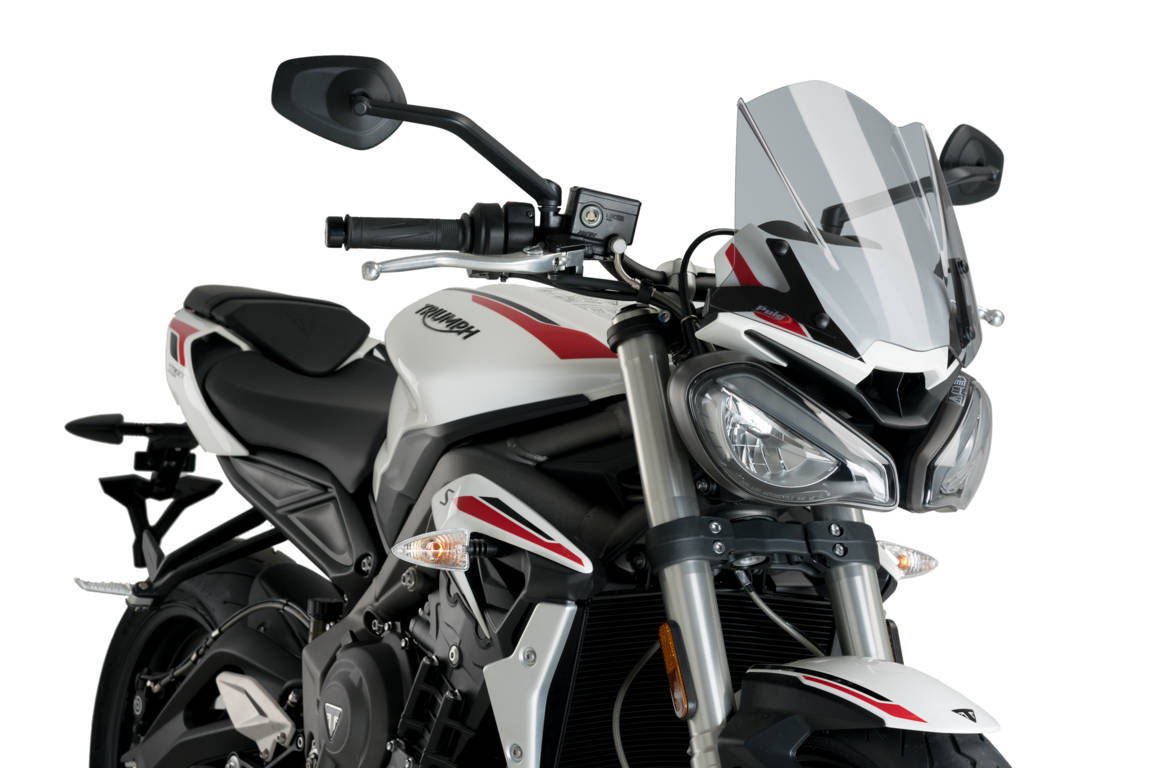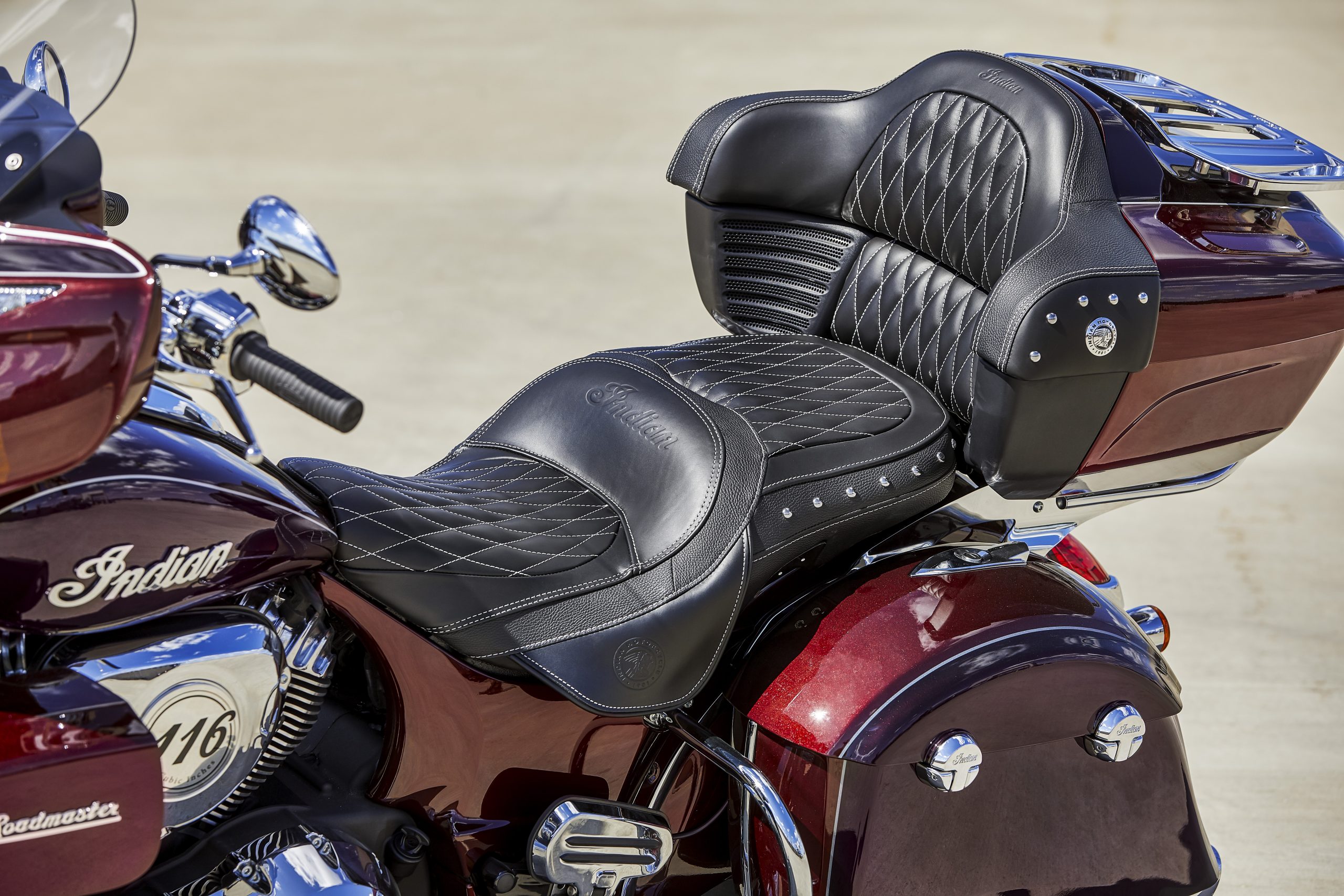It’s obvious — the more comfortable you are on your motorcycle, the longer you can stay on it. A comfortable rider is also quicker and safer, as they can focus on riding and the road ahead. It doesn’t matter if you’re just getting started or if you stumbled into the world of two wheels decades ago; there’s always room for improvement.
With some minor tweaks to your motorcycle and your gear, you can bring about a significant change in the way you feel on a bike. While this list isn’t comprehensive, it covers the most common ways to improve your riding comfort.
What Affects Your Comfort When Riding?
Multiple factors can affect your comfort while riding, but for ease of understanding, let’s categorize them into two. The first includes aspects directly related to the motorcycle, such as vibrations, ride quality, etc., and the second comprises ambient elements, like wind, noise, and weather.
What Can You Do to Make Your Rides More Comfortable?
Luckily, improving how comfortable you are while riding will only require minor modifications to your motorcycle or investing in (mostly) affordable gear. Since integrating all the changes below may take time, effort, and money, we recommend tackling this one issue at a time. For instance, if weather conditions are the most significant factor wearing you out, you should invest in gear that helps reduce that.
Wear the Appropriate Gear
Irrespective of where you ride and what kind of weather, there’s probably a piece of gear out there that can help reduce the effect of ambient conditions on how you feel. For example, wearing a full leather jacket may not be ideal if you live somewhere hot. Leather provides excellent abrasion resistance but is less breathable than a mesh jacket. If you’re still keen on wearing leather, look for something that has a lot of ventilated panels. Most jackets from reputed brands like Dainese and Alpinestars offer excellent protection while enabling airflow.
Another piece of gear you should consider getting is a cooling vest or scarf designed to reduce your body’s surface temperature, preventing excessive perspiration and fatigue. Vests like the Inuteq Bodycool Smart claim to reduce the temperature of your skin by 5 to 15°C.
Carry Weatherproof Gear
Carrying weatherproof gear is an extension of the previous section. I tell you from experience finding yourself in the middle of an unexpected downpour can ruin your ride. Even if it lasts only a few minutes, getting drenched will leave you feeling miserable for a good few hours or until you find a way to dry your riding gear. That’s why it’s crucial to carry something that can protect you from the elements; a pullover rain jacket and pants will do just fine — they’re inexpensive and get the job done.
The same goes for heating. If you live in colder regions, you should carry an extra layer of insulation and some heated gloves, just in case the temperatures drop beyond what you’re regular gear can handle.
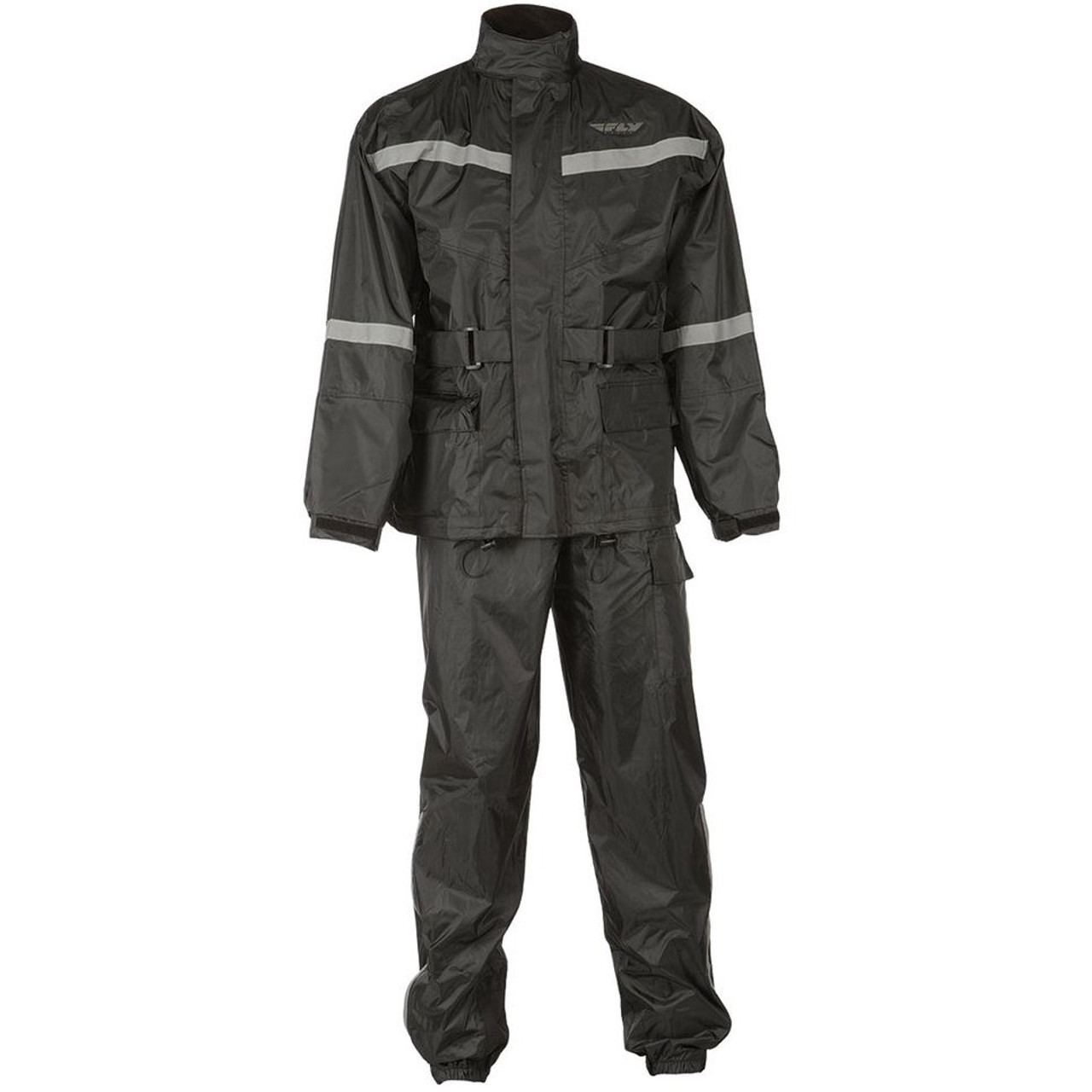
Wear Earplugs
Earplugs are an often overlooked piece of kit, but the benefits they bring cannot be overstated. Motorcyclists are exposed to extreme levels of sounds, especially at speed. Apart from the noise of the motorcycle itself, wind noise is a huge contributor to what we hear on a bike. A study by the National Library of Medicine found that wind noise around the helmet was recorded at 90 dB(A) at 60 km/h (38 mph), which is sufficient to cause permanent hearing loss.
The same study found that just an hour of high-speed riding without adequate protection against excess sounds can result in tinnitus — a condition that causes a ringing or buzzing noise in one or both ears. The National Institute on Deafness and Other Communication Disorders reported that approximately 15 percent (26 million) of Americans between the ages of 20 and 69 have high-frequency hearing loss from exposure to loud sounds.
The participants of the above study also complained that the exposure to excess sounds causes fatigue and headaches, both of which you want to avoid on a bike.
The only way of effectively counteracting this is to wear earplugs. They’re inexpensive and easy to find for a variety of ear shapes. If you don’t want to invest in a dedicated pair of motorcycle earplugs, there are several disposable options out there that you can get for under a dollar.
Use Sunglasses or a Tinted Visor
Sunglasses or tinted visors play one important role — they reduce the effect of harsh sunlight on your vision and mitigate glare, whether from the sun or from the headlights of an oncoming vehicle. This lets you ride on comfortably rather than squint your eyes every time the sun emerges from behind a passing cloud.
Wear a Balaclava/Dust Mask
When it comes to a balaclava, the one to buy is determined by your needs. If your primary concern is rocking an open-face helmet without eating a bunch of bugs, the Naroo N3F motorcycle balaclava is an excellent choice. It’s lightweight, provides ample heat dispersion, and uses breathable fabric which pairs nicely with any helmet.
The issue with many low-quality balaclavas is that they can move around under the helmet, obstructing visibility. The N3F has an elastic band that ensures the fabric doesn’t roll over your eyes. The band also holds the upper half of the mask in place if you move the mouth cover to drink something.
The N3F is constructed using a quick-dry, dust-blocking fabric that will hold its form even after multiple wash cycles.
Add a Taller Windshield
One of the most common causes of fatigue on a motorcycle is caused by wind. The faster you go, the more physical effort your body will exert to counteract the force of the wind. While it may not consciously feel like it, you are gripping onto your bars harder every time you accelerate or gain speed. While gripping the tank with your inner thighs and being loose on the bars will reduce how fatigued you feel, you should also consider getting a taller windscreen that redirects airflow away from your upper body. This is especially important with street-naked motorcycles, like the Triumph Street Triple RS, devoid of notable wind protection.
Most manufacturers offer accessory windshields for their motorcycles, and you should definitely get one if you plan on cruising over extended durations. If you’re unhappy with what the company offers, there are several aftermarket options to choose from.
Upgrade the Seat
A motorcycle seat is, perhaps, the most crucial aspect of being comfortable on a motorcycle. It’s the primary point of contact between your body and the bike, so you must get a comfortable one. Unless you own a purpose-built cruiser, like a Harley-Davidson or Indian Motorcycle, you’ll find that most factory-fitted seats fall short in the comfort department. Again, most manufacturers have accessory ‘comfort’ seats available, but you might be better off buying an aftermarket padded unit or an add-on gel or air pad that you can mount on top of the existing seat.
Invest in Cruise Control
Cruise control, for the uninitiated, is a piece of technology that lets you maintain a steady speed without any manual input. If your motorcycle doesn’t come with an inbuilt electronic unit from the factory, the easiest way to equip your ride with one is to get a throttle lock. While most factory-fitted cruise control systems and throttle locks work differently, the results are similar.
Some examples, like the Kaoko Throttle Lock, can be attached to the bar ends of your handlebar and lets you lock the throttle into place when you want to. This way, you’re maintaining a steady level of acceleration, and on a straight road, this should keep you at a constant speed. If you don’t want to spend the money on a throttle lock, you can also get a ‘throttle-assist’ for a fraction of the price. The Crampbuster Cruise Control, for instance, is simply a piece of plastic that brings your palm into action a little more, effectively reducing the stress on your right wrist.
